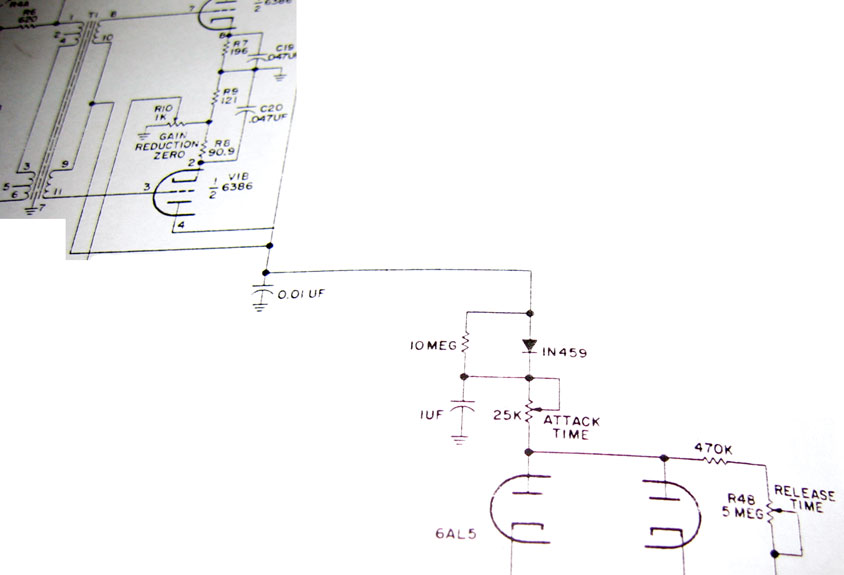I'm not going to recommend any of these in particular, only point them out. Feel free to respond with any negatives that alarm you greatly. Note Analag considers the stock stepped attenuators with well matched resistors important.
NONE OF THIS HAS BEEN ATTEMPTED IN THE FIELD WITH A PM660!
Slightly stock attenuator variations
The existing method on the secondary keeps the level in the input iron consistent regardless of setting, and reflects a higher 1800 ohm Z back to the source(s).
If you use a 12 position at 2 dB/step you have a range of 0 to -22 dB, etc etc. Is it enough? Analag says 12 position is fine, more steps is a matter of finer control. Do you want or need finer steps? 24 position at 1 dB/step seems reasonable to me. We are supposed to see 18 dB of gain available, so 22 dB range would get you down to both unity and -4, and there would be 18 dB of make-up gain available.
One possibility is to use fewer steps plus a switchable input pad (to make up for lack of more steps) on the primaries, say 10, 15, or 20 db. Could be a 'U' pad on both audio and side chain amps. Amount dependent on your overall attenuator plan.
Stick with dual stepped atten on the GR amp input secondary as prescribed, but use dual pot on the SC amp. That would do away with the 'ultra-precision balance' factor in the side chain, but not in the audio amp path. Considering the number of limiters that use dual pots in the audio path position, I'm not sure how much difference the average punk rock engineer would notice with them only in the SC amp. The Fairchild uses dual linear pots with taps and paralleled resistances for the threshold; basically impossible to source.
You could use dual pots in the audio amp, like the Gates Sta-level and several other pieces. Not as accurate, but clearly works 'good enough'. Not that you will find a 15K dual audio pot; there's one rub. You could slug 50K dual pots down to 15K with paralled resistances, but the effect on the taper may be too strange.
Transformer primary side attenuator variations
The Fairchild uses 1 dB/step input attenuators on the primary side. Looks like T attenuators, but might be ladders.
If you went with a primary side arrangement you'd probably want to stick with 600 ohm input attenuators, meaning lower 600 ohm load on input source(s), and the level in the input iron would vary with setting. You'd have to work out optimal secondary load resistances; maybe dual 15K resistors, maybe not. Only real benefit is you could use existing Daven 600 ohm ladders, which (at this junction) aren't terribly expensive. BUT, ladders will automatically kill 6 dB of input level, unless you add ANOTHER switch to bypass them at the top of the throw. Unless you already have some magically expensive Daven 600 ohm Ts. Or wire up the NYDave dual knob H pads.
NONE OF THIS HAS BEEN ATTEMPTED IN THE FIELD WITH A PM660!

